Would you like to know if you can use play sand in a fire pit? Well, we have researched this topic and have answers for you. It's vital to know if you can use play sand in a fire pit so you can choose the best sand for you.
You can use play sand in a fire pit. Play sand is refined more than all-purpose sand but will function similarly in a fire pit.
In this article, we will talk more about whether you can use play sand in a fire pit. We will also learn the answers to other interesting related questions, such as what are alternatives to sand in a fire pit, and how do you build a brick fire pit? Keep reading to learn more.
Can You Use Play Sand In A Fire Pit?

Play sand can be used in a fire pit, the same as all-purpose sand. Play sand is more processed sand with its larger grains removed to give it a smoother texture.
The smooth texture of play sand will not impact its ability to distribute heat evenly. Play sand also works equally well to shield the bottom of metal fire pits from ash, which can be corrosive.
Play sand is more expensive than general-purpose sand but has a cleaner look which can be appealing for your fire pit.
While play sand can be used in a fire pit just the same as general-purpose sand, there is a significant drawback to using sand in a fire pit. When sand is used in a fire pit, it holds onto rainwater, making starting a fire nearly impossible.
It would be best to use an alternative to sand in your fire pit to avoid water retention.
What Are Alternatives To Sand In A Fire Pit?
There are several alternatives for sand in a fire pit that won't hold water like sand. Let's look at the most popular of these alternatives and learn how they work.
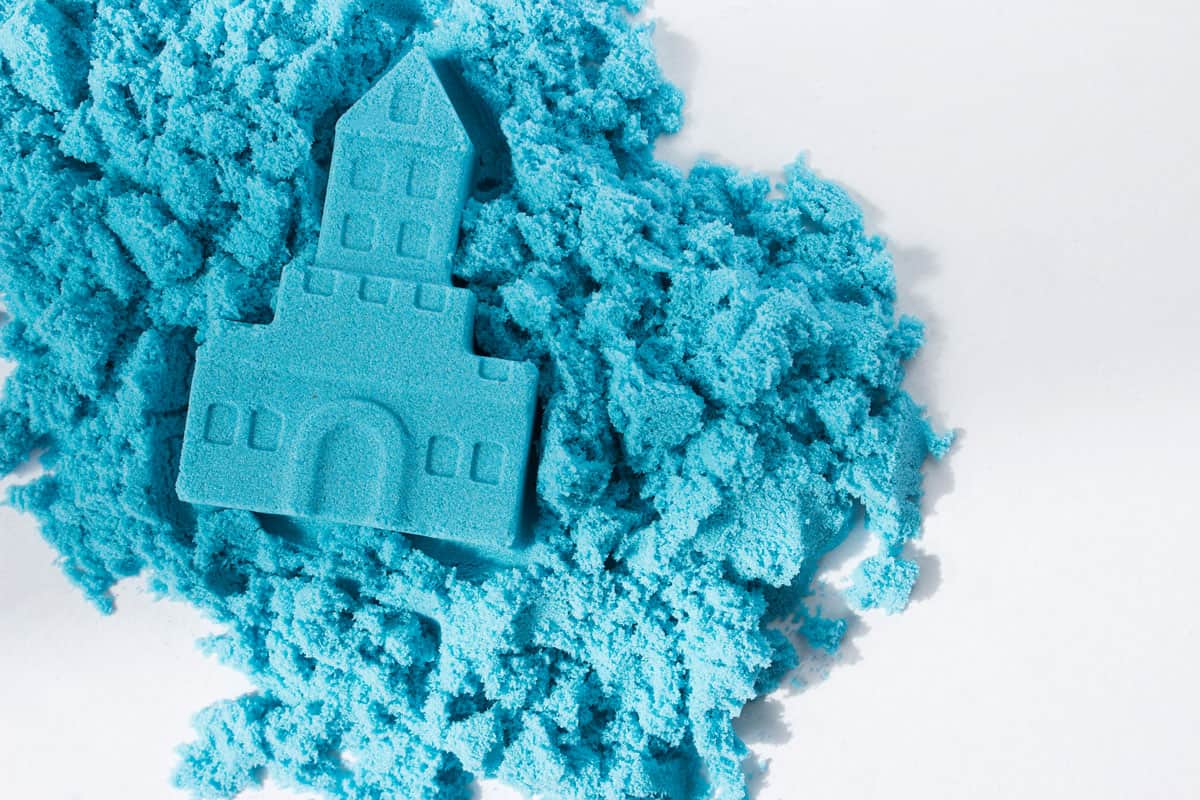
Fire Brick
Fire brick is a heat-resistant brick that can line the bottom of your firepit. It also won't absorb water like sand but has many of the same benefits.
The fire brick can help evenly distribute the fire's heat while shielding the bottom of metal fire pits from ash. When putting fire bricks into your fire pit, leave small gaps between the bricks to allow water to go through.
Gravel
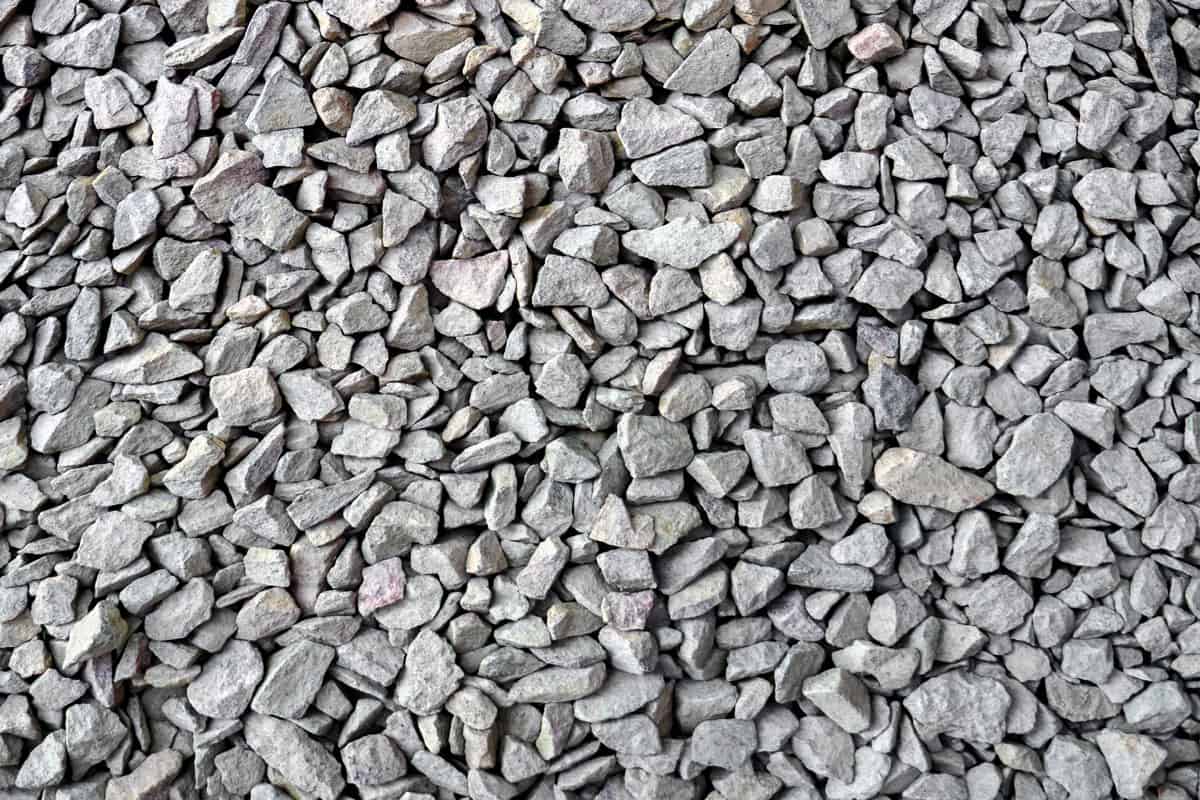
Gravel is another alternative to sand that doesn't hold water. It would be best to use gravel at least three-quarters of an inch in size to allow water better through.
Gravel works excellent at shielding the bottom of your fire pit. It also absorbs and releases heat to allow for even heating across the fire pit.
Lava Rock
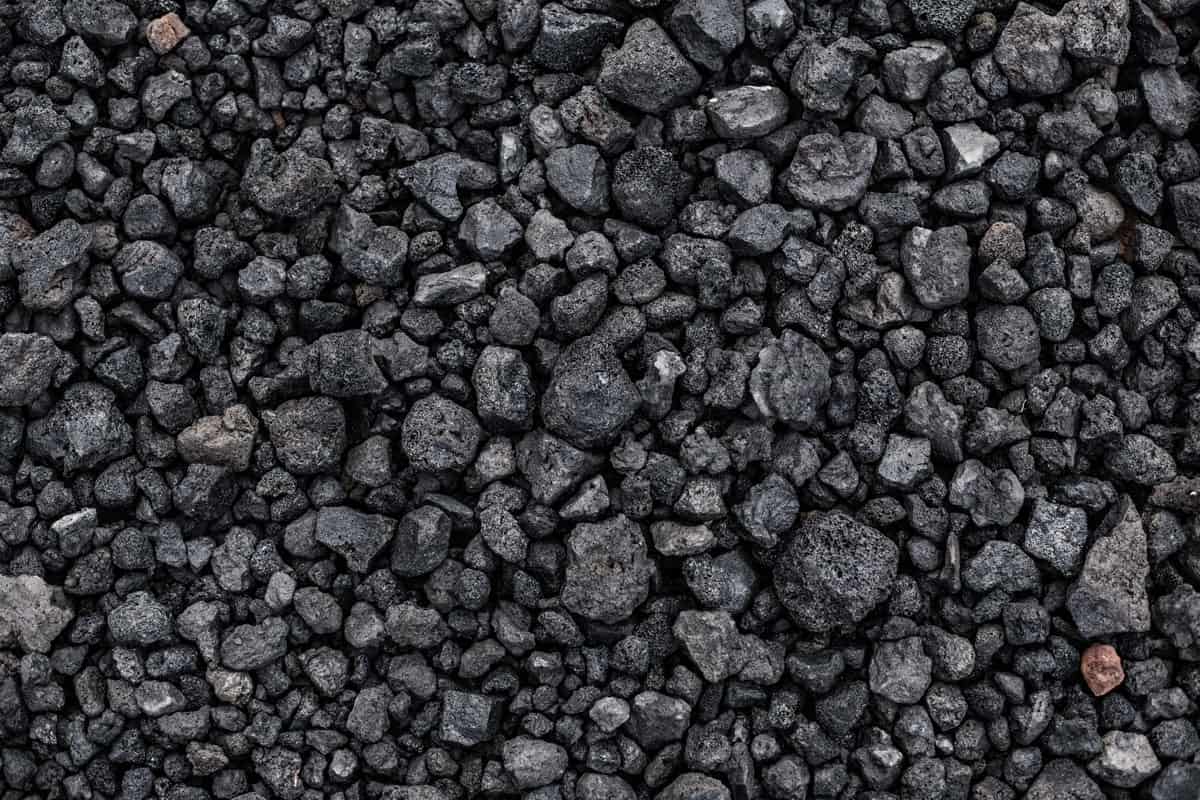
Lava rock also works great in a fire pit because it can withstand high heat and allows water to run off. The lava rock works like gravel to help shield metal fire pits and evenly distribute heat.
Lava rock comes in red and black and can add a flare to any firepit. If you want to try lava rock in your fire pit, here are two of the best products on Amazon.
Medium Black Lava Rocks 10 Pounds
You can find this product here on Amazon.
Red Lava Rocks
You can find this product here on Amazon.
What Are Alternatives For Wood Burning Metal Fire Pits?
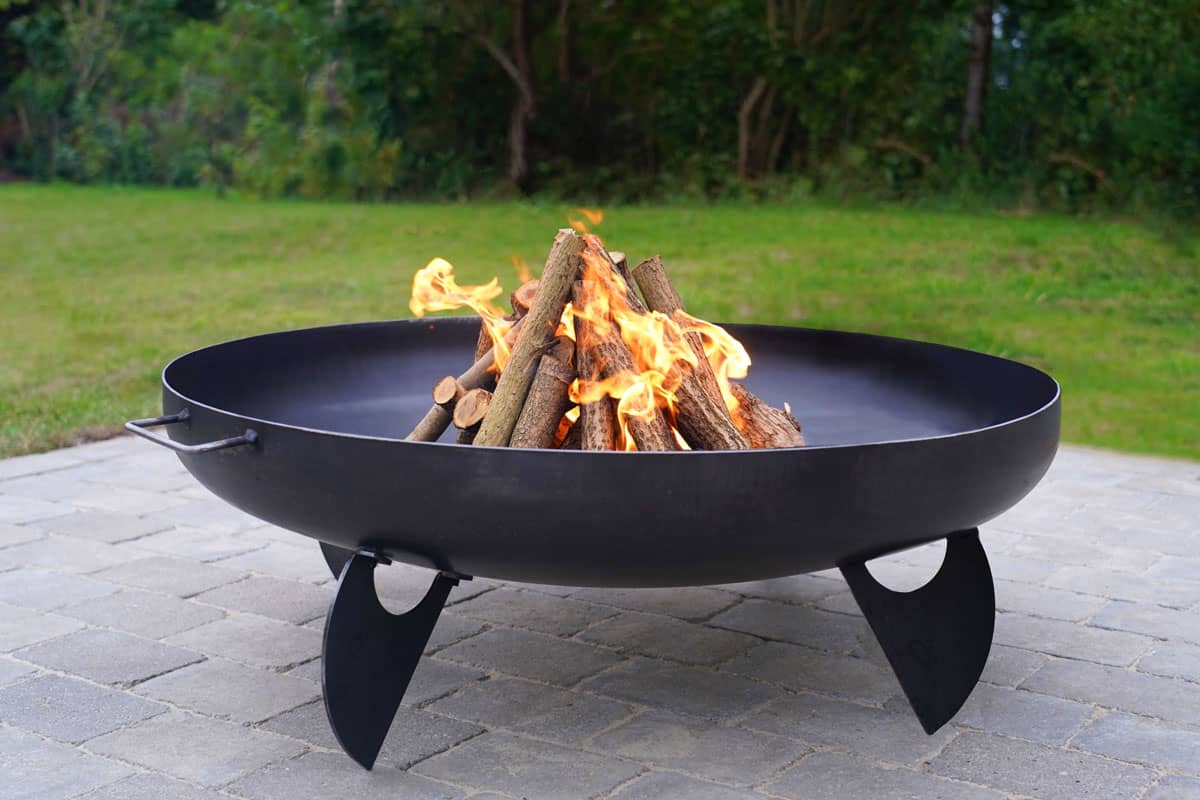
While metal firepits have their advantages, like being portable, there are some drawbacks. A metal fire pit will corrode over time and can hold water without proper drain holes. Let's look at some alternatives for metal fire pits and learn how they work.
Gel Fire Pit
Gel fire pits come in many sizes, ranging from small metal bowls to large table setups. A gel fire pit burns a flammable gel that burns clean. The clean burn of gel fire pits keeps them safe from corrosive ash.
While gel fire pits can be lined with sand or any of its alternatives, they also have an extra lining material that wood-burning fire pits don't. Gel fire pits can be lined with fire glass for a stunning look.
If you would like to try fire glass in a gel fire pit, here are two of the best products on Amazon.
Fire Glass Bahama Blend
You can find this product here on Amazon.
High Desert Fire Glass
You can find this product here on Amazon.
Natural Gas Fire Pit
A natural gas fire pit is clean burning—like a gel fire pit—but does not need to be refueled. A natural gas fire pit is hooked directly into your home's natural gas to supply a constant fuel source.
Since natural gas doesn't give off ash, you won't have to worry about its corrosive nature. A natural gas fire pit can also be filled with fire glass.
Propane Fire Pit
A propane fire pit is similar to a natural gas fire pit, but it isn't required to be near a natural gas line. Propane also burns without creating ash which helps to maintain the fire pit's integrity. A propane fire pit can also use fire glass or any other fire pit liner.
Brick Fire Pit
Brick fire pits are similar to metal fire pits in their ability to use wood as a fuel source but don't have the drawback of ash corroding their metal. They can also be made of different types of bricks and come in many different sizes.
Like other fire pits, you can line the bottom with sand or another material to increase heat distribution. One advantage to a brick fire pit is its ability to drain water into the ground, leaving it ready for fires.
A brick fire pit can also be constructed yourself to save money and allow for personal preferences like size and shape to be up to you.
How Do You Build A Brick Fire Pit?
You must follow the proper steps to build an excellent brick fire pit. Let's learn the steps to create a brick fire pit.
1. Finding The Right Spot
The first step to building a brick fire pit is finding the correct location. Your fire pit shouldn't be within 20 feet of a structure. It's also essential to ensure your fire pit isn't too close to a tree.
It would also be best to find a location that isn't prone to high winds. If the area you build your fire pit is in an area that funnels wind, it can be challenging to start a fire, or embers could be blown away and create a fire risk. Find a place where your home or a hill blocks part of the wind.
2. Choosing The Size
The size of your fire pit will determine how large of a fire you can contain and how many people can sit around it. While more enormous fire pits allow for more guests, they do have drawbacks. It will be harder to shelter your fire from wind in a large fire pit, and more bricks will be needed for construction.
You will want to find a balance that allows enough people for your needs without sacrificing wind protection. The ideal size will be between three and six feet in diameter.
3. Prepping The Ground
To start construction, dig an eight-inch-deep circle into the ground where you want your fire pit. By digging into the ground, you will be able to stabilize the bottom layer of bricks while also increasing the fire's protection against wind.
Once the circle is dug, use a rake to level the ground as flat as possible. Next, walk in a circular motion around the inner edge of the circle to compact the soil. The ground must be flat and compact to ensure the bricks don't sink over time.
4. Laying The Brick
Once it's time to lay the bricks, you will want to choose the bricks for your fire pit. While nearly any bricks will work, it would be best to use retaining wall bricks. Retaining wall bricks have a groove on their backside that allows them to hold tight to one another.
Start by placing bricks around the edge of the circle to form the fire pit's base. You may need to make minor adjustments to the bricks to ensure they can fit properly.
Once the first layer is built, add another layer of bricks. The second layer of bricks should be off-centered from the first to give rigidity to your fire pit.
Keep adding layers around your fire pit until it is as tall as you'd like. It would be best to avoid making the walls too tall, as it can prevent oxygen from reaching the fire well. Once the wall is at your desired height, you are finished constructing your brick fire pit.
Final Thoughts
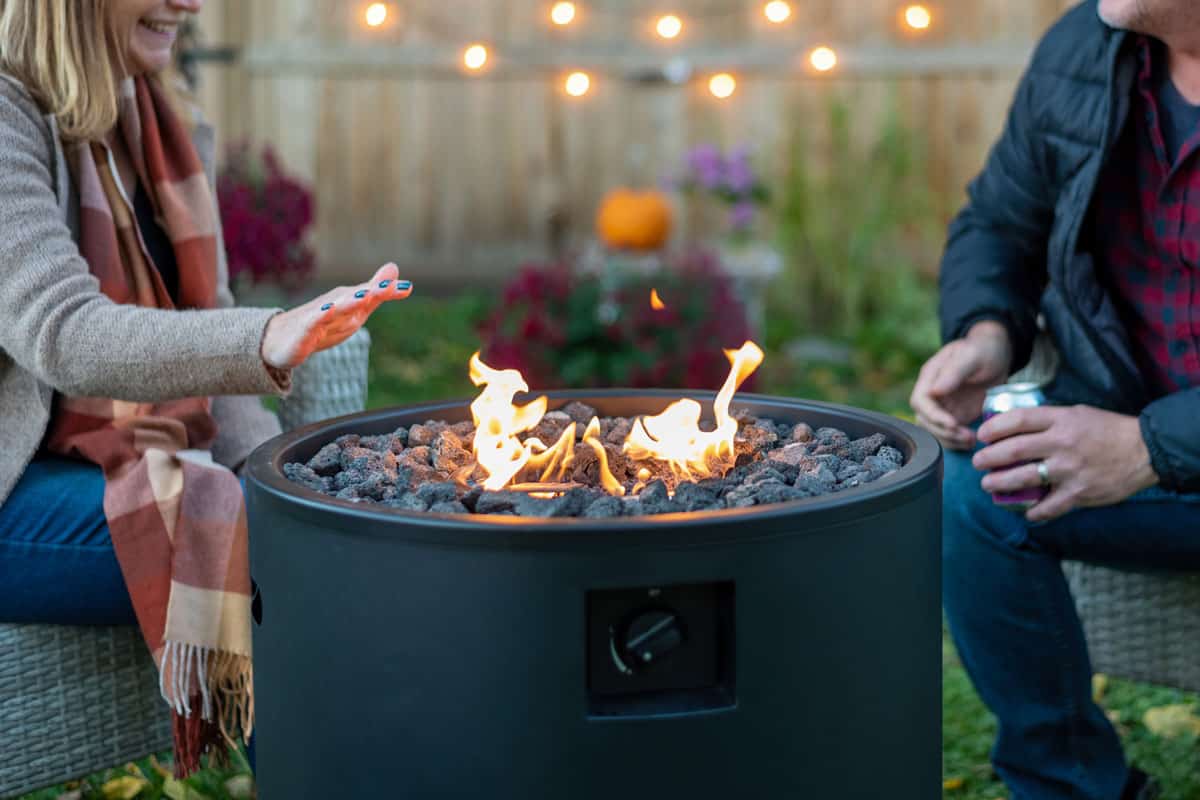
This article taught us that you could use play sand in a fire pit. We also learned about some alternatives to sand that don't retain water. Remember, there are many different types of fire pits, so choose the one that works best for you.
We hope you enjoyed this article. If you want to learn more, check out some of these other posts:




